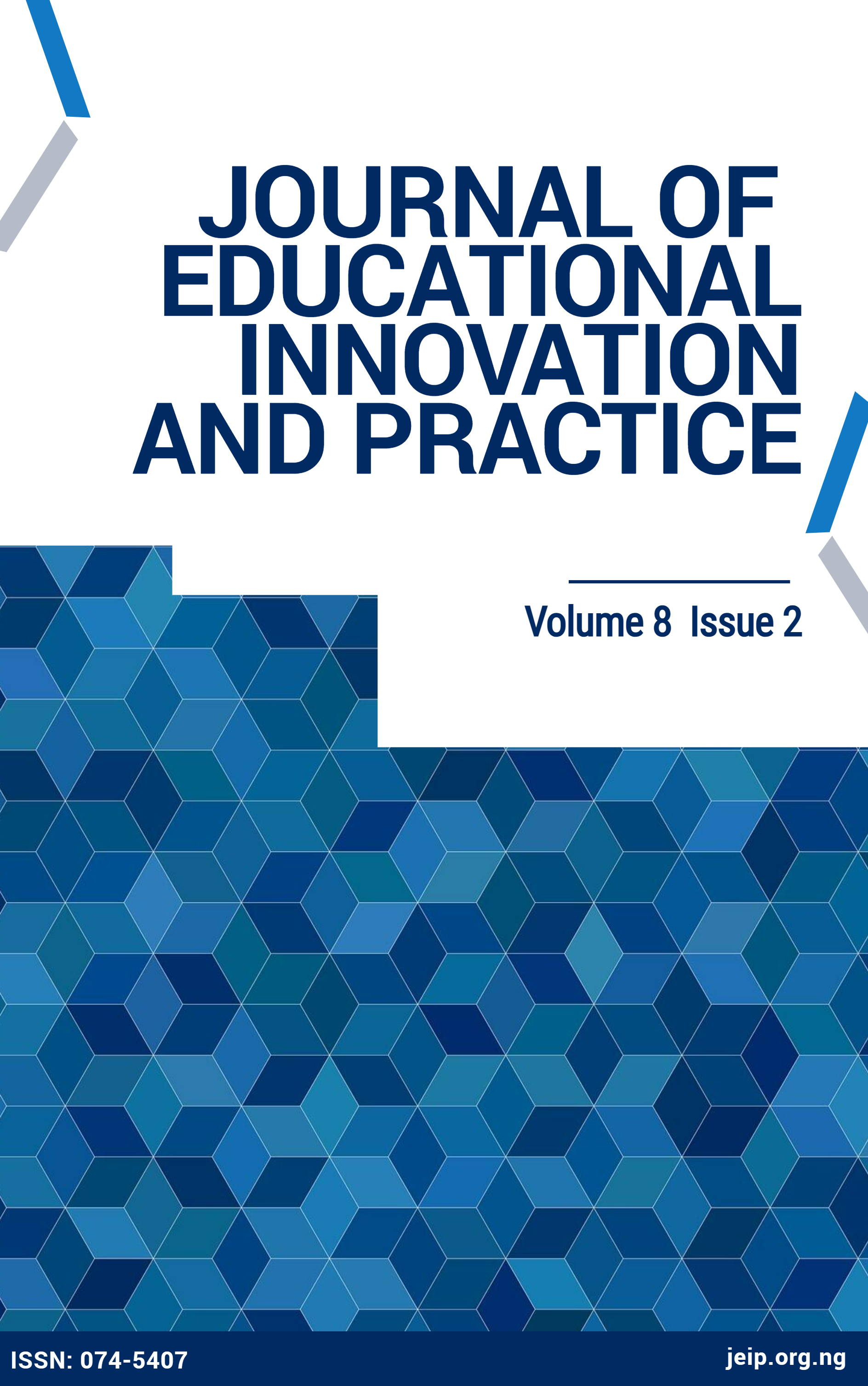EFFECT OF MULTIMEDIA PACKAGE ON SENIOR SECONDARY SCHOOL STUDENTS’ ACADEMIC PERFORMANCE IN ISLAMIC STUDIES IN KATSINA STATE
Keywords:
academic performance, multimedia, Islamic studiesAbstract
This study investigated the effect of multimedia packages on senior secondary school students’ academic performance in Islamic studies in Katsina State. The study employed a posttest-only control group quasi-experimental research design. The population of this study consists of 11,273 SS 2 Islamic studies students. Two coeducational schools were purposively selected to participate in the study. One school (GSS Muduru) was placed into the experimental group, and the other school (GSS Doro) served as the control group. A sample of 165 male and female students participated, achieved through intact classes of each school. Two research hypotheses were tested at a 0.05 level of significance. The study employed a researcher-designed instrument for data collection titled the Islamic Studies Achievement Test. The test measured the students’ academic performance and data obtained were analyzed using the t-test statistic. The findings of the study revealed that multimedia instructional resources have a significant impact on the academic performance of Islamic studies students exposed to multimedia packages. The study also revealed that there is a significant effect on the academic performance of male and female Islamic studies students exposed to multimedia packages, where male students performed better than their female counterparts. Based on the findings, the study recommended that education stakeholders should work together to ensure effective and sufficient provision of multimedia instructional resources and technical knowledge of such resources should be made available among secondary schools in Katsina State.
Downloads
Published
Issue
Section
License
Copyright (c) 2024 Journal of Education Innovation and Practice

This work is licensed under a Creative Commons Attribution-NonCommercial 4.0 International License.
JEIP is an open-access journal that provides immediate and free access to its content. This supports the global exchange of knowledge. Readers can access and use the content without any charges, and they are allowed to read, download, copy, distribute, print, search, or link to the full texts of the articles. They can also use the content for any other lawful purpose. The author(s) upon submission and acceptance grant the journal the license to publish, display, store, copy, and reuse the content under the Creative Commons Attribution-Noncommercial 4.0 International (CC BY-NC 4.0). This license permits non-commercial use of the material, with appropriate credit given to the author(s) and the journal. The author(s) retains copyright, but the content is free to download, distribute, and build upon the material for non-commercial purposes. The full terms of this license can be seen at this link: https://creativecommons.org/licenses/by-nc/4.0/.
However, this license does not apply to third-party materials that display a copyright notice to prohibit copying. If the third-party content is not subject to a CC-BY Creative Commons attribution license, or an equally permissive license, the author(s) must comply with any third-party copyright notices.
Authors may also reuse the abstract and citation information (e.g., title, author name, publication dates) of their article anywhere, including social media such as Facebook, blogs, and Twitter. Where possible, they should include a link back to the article on the journal site.

